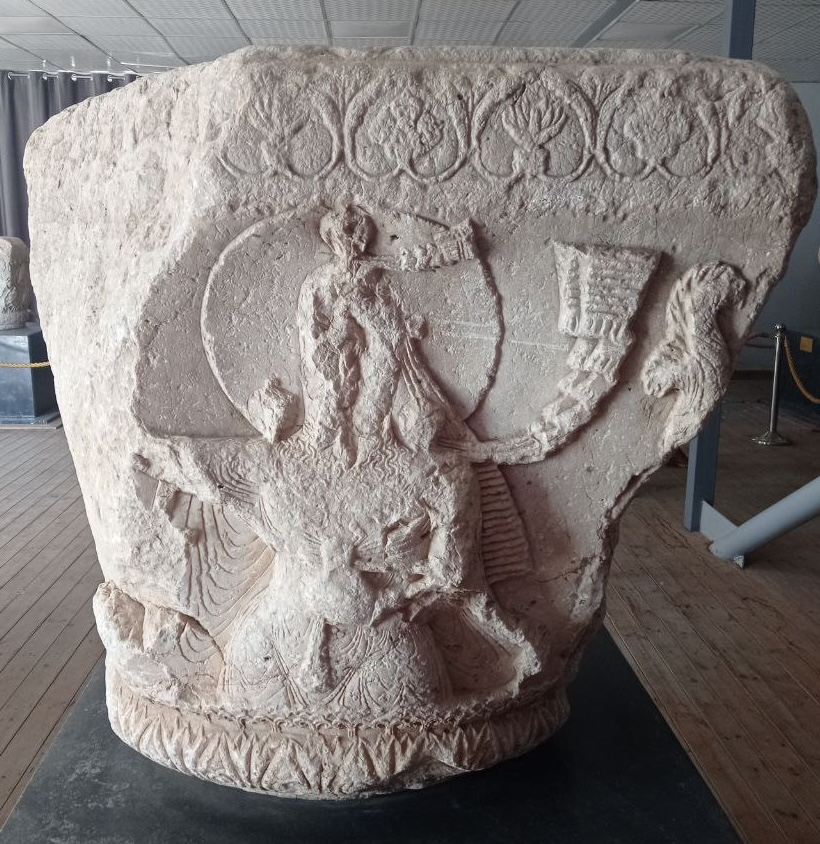Thread: Extremely rare type of cross legged sitting burial from Mesolithc Lepenski Vir culture from Serbia. Only three people from Lepenski Vir culture were buried like this. All other burials were "normal" ones. All three sitting burials date to the period 8450–7700 call. BC 

The only other burial like this, that I know of, was a Corded Ware culture burial discovered in Kietrz (Poland). Dated to 2900BC - 2350BC 

Many burials with spread legs, are found in Bronze Age central Europe. Examples:
A: Samborzec, (Poland, Bell Beaker culture).
B: Kétegyháza (Hungary, Pit Graveculture).
But I don't think they are related...
A: Samborzec, (Poland, Bell Beaker culture).
B: Kétegyháza (Hungary, Pit Graveculture).
But I don't think they are related...

If anyone knows of any other true cross legged burials like the ones from Lepenski Vir culture and the one from Corded Ware culture, please let me know.
Sources:
researchgate.net/publication/28…
academia.edu/2917506/UNIQUE…
Sources:
researchgate.net/publication/28…
academia.edu/2917506/UNIQUE…
Just found another one. Bronze AGe cross legged sitting pit burial. Csanytelek-Palé. Hungary. I don't speak Hungarian, so if anyone does, please try to find the dating of this burial. library.hungaricana.hu/hu/view/MEGY_V… 

From what I could get from other articles about the site, the burial is from 3rd-2nd millennium bc. The pottery found in the burials on the site were of the Transdanubian encrusted type and Vatya type
academia.edu/40913016/MIDDL…
researchgate.net/publication/31…
en.wikipedia.org/wiki/Nagyr%C3%…
academia.edu/40913016/MIDDL…
researchgate.net/publication/31…
en.wikipedia.org/wiki/Nagyr%C3%…
• • •
Missing some Tweet in this thread? You can try to
force a refresh























